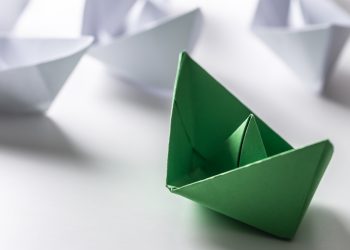The Korea Institute of Machinery & Materials (KIMM) has developed an advanced automated mooring system aimed at enhancing the safety and efficiency of docking operations for autonomous vessels.
Designed to overcome the limitations of conventional wire-based mooring methods, this system is projected to be commercially available by 2025, significantly contributing to the progress of smart port technology. The research team led by Dr. Yongjin Kim, principal researcher in the Department of Reliability at the Korea Institute of Machinery and Materials (KIMM) under President Seog-Hyeon Ryu combined vacuum suction pads with a flexible hydraulic mechanism to ensure safe and precise docking without requiring manual intervention.
It is a technology that enables the safe mooring of vessels through the integrated control of a vacuum suction pad and a 4-degree-of-freedom hydraulic mechanism.
Previously, workers secured vessels to the port manually using thick mooring lines. This method required high tensile strength, depending on the ship’s size and weight. If the wire broke, there was a risk of accidents, and the manual mooring process demanded substantial manpower and time.
The automated mooring system developed by KIMM addresses these challenges directly. By utilizing vacuum suction pads for secure attachment and a hydraulic system for automated control, the new technology streamlines the mooring process, increasing both speed and accuracy while reducing accident risks and labor needs.
This automated mooring system represents a key advancement in the safe docking of autonomous vessels and will play a pivotal role in the development of smart port infrastructure. We expect this solution to set a new standard in operational safety and efficiency across the marine industry.
… said Dr. Yongjin Kim
This project was conducted under the “Development of Smart Port-Autonomous Ship linkage Technology” initiative, supported by Korea’s Ministry of Oceans and Fisheries. For its innovation and impact, the technology has been recognized by the Korea Federation of Mechanical Engineering Societies as one of “Korea’s Top 10 Mechanical Technologies of the Year.” The final performance will be verified at sea in 2025, after which the technology development will be completed, including efforts to commercialize the system.

































































